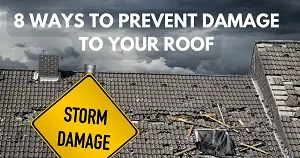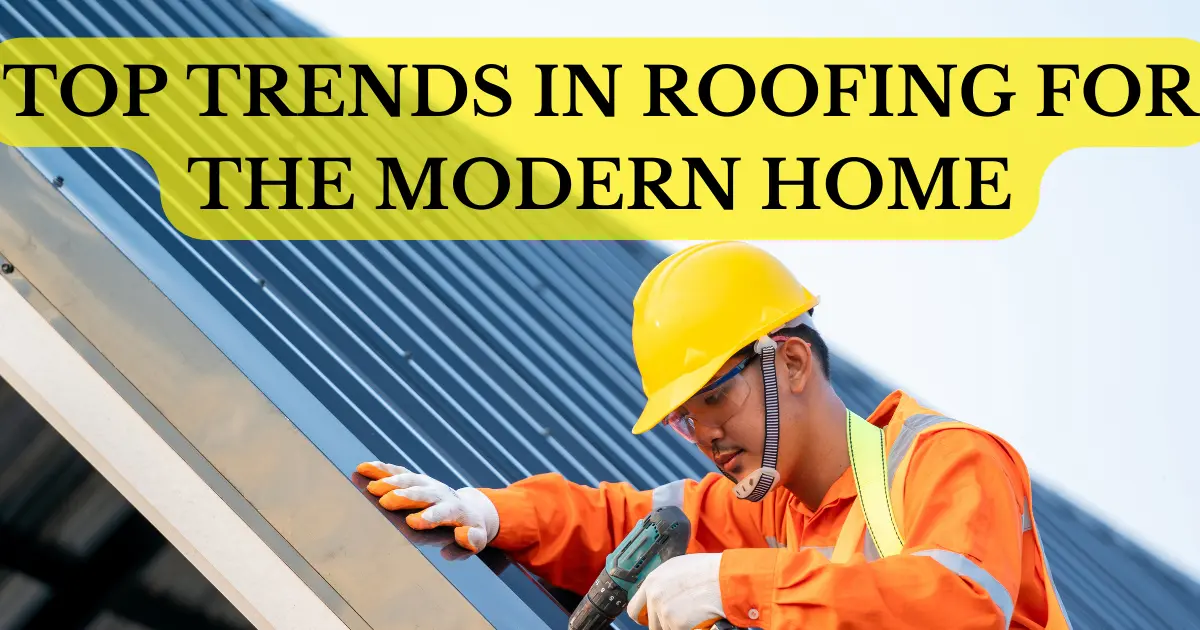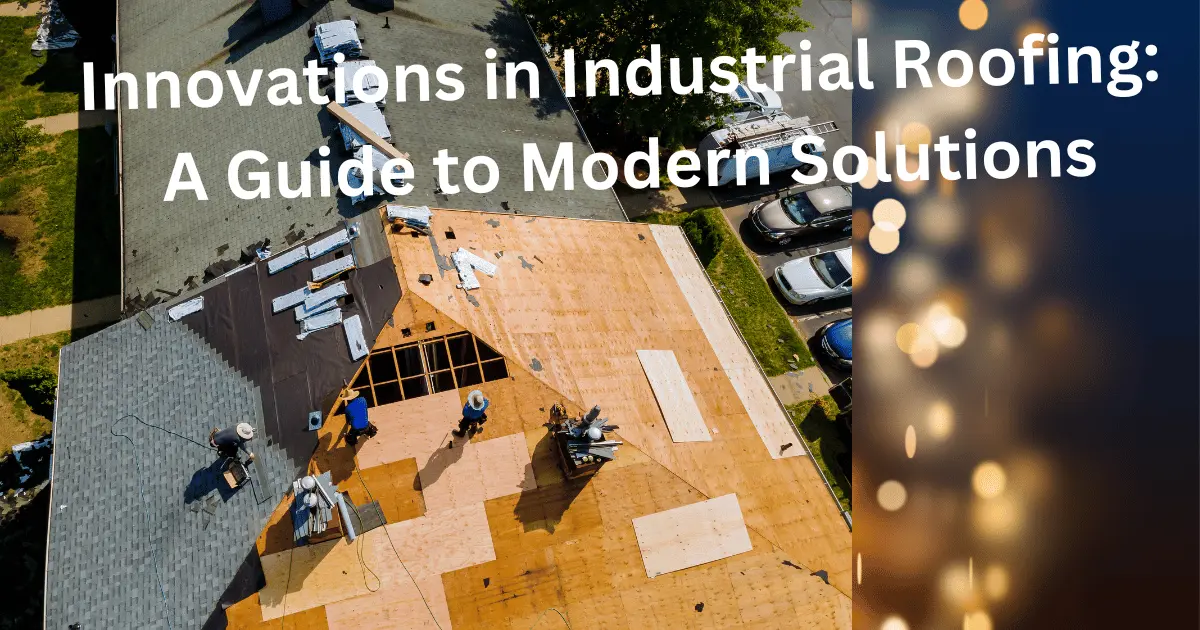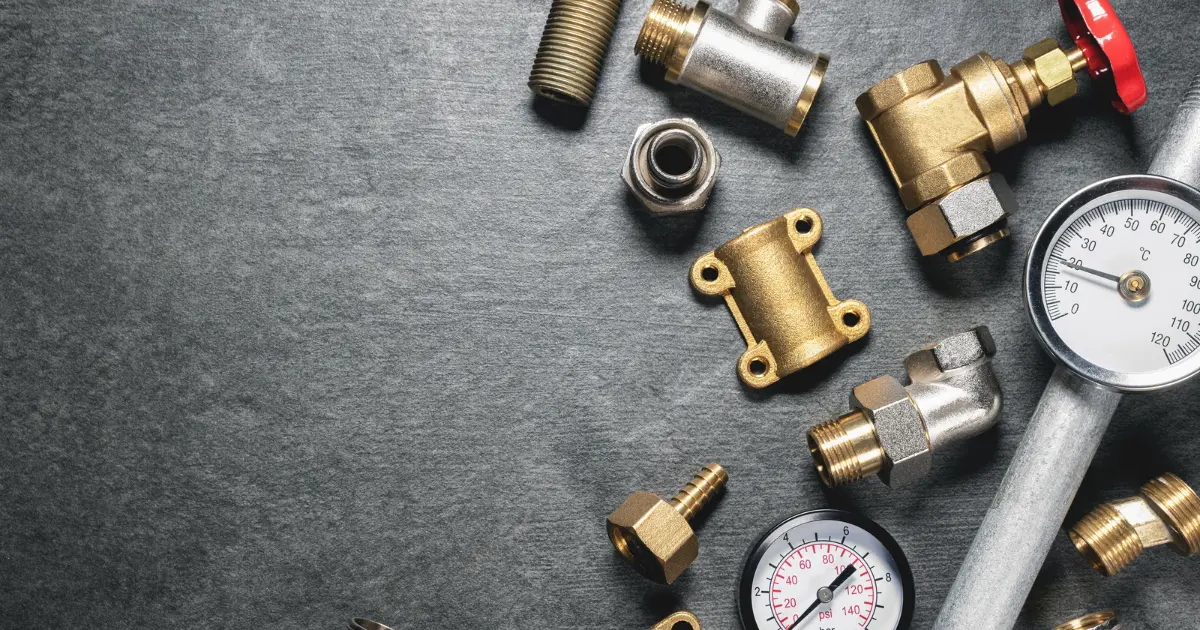
Ever wondered why Industrial Roofers are akin to superheroes in the world of construction? These unsung heroes scale heights and battle elements to ensure our homes and buildings stand strong against nature’s wrath. The roof that stands above us is a silent guardian, protecting us from heat, rain, snow, and storm. However, like everything else under the sun (and often literally under it), roofs bear the brunt of time and weather conditions. This article titled 8 Ways to Prevent Damage to Your Roof takes you on an enlightening journey about how you can contribute towards extending your roof’s lifespan.
Over time, roofs face wear and tear that leads to critical damage if not mitigated at an early stage. More often than not, these damages bring along hefty repair costs which could easily be avoided with some proactive steps. Now wouldn’t it be great if there were ways you could prevent this damage yourself? Well, guess what! There are indeed methods for safeguarding your roof from potential harm. So buckle up as we explore 8 preventive measures recommended by leading Industrial Roofers themselves!
1. Keep Your Gutters Clean
The importance of gutter maintenance is often underestimated, yet it is an essential task that industrial roofers are frequently called upon to resolve. As professionals in the trade, they understand all too well how ignoring this crucial aspect of your building’s health can lead to unforeseen costs and damage on a surprising scale. At first glance, gutters may seem insignificant but neglecting them could allow water to infiltrate into your beloved commercial construct causing irreparable structural damages.
Proper gutter maintenance should be part of any preventative strategy for industrial rooftops. Industrial roofers possess the skills and knowledge required to identify and address possible weak points in your drainage system before they spiral into costly problems. Remember, when fallen leaves or other debris bar water from flowing freely through your gutters, serious consequences ensue – ranging from tarnished fascia boards right down to leaked basements or corroded foundations. So why not invest in keeping those gutters clean? You’ll find it astronomically cheaper than dealing with extreme repair bills!
2. Trim Overhanging Trees
Branches hang over your roof in a seemingly innocent manner, almost like they’re hugging your home. What you may not realize, however, is the risk and havoc these overhanging trees can cause to both your abode’s physical structure and its aesthetic appeal. From stubborn leaf piles on your shingles to potential damage from broken limbs during stormy weather – underestimating the looming threat can be costly.
Adapting ‘trimming overhanging trees’ as part of your regular household maintenance routine shouldn’t be a second thought; it’s non-negotiable! Not only does it protect your property but allows for sunlight penetration, which could bring back those precious views that made you fall in love with the house initially. The process presents an opportunity to collaborate with local arborists who are efficiently equipped to safely prune these hovering nature nymphs away from touching distance of your home. This simple yet effective grooming exercise empowers you against unforeseen circumstances while preserving an aesthetically-pleasing environment around your residence.
3. Install Proper Ventilation
In essence, the roof is more than just a protective shelter; it’s an active player in promoting the health and comfort of your living spaces. Proper ventilation installed through your roof has invaluable benefits that range far beyond maintaining pleasant temperatures indoors. Consider this – in summer seasons, when heat ascends to the attic without proper ventilation to guide it away, it could lead to a real indoor inferno!
Furthermore, understanding that moisture can be the main villain behind significant home damage is paramount. When collected formulates mold and rots wood structures if not adequately aired out. Such conditions create an ideal breeding ground for pests seep down into living areas causing potential health risks while damaging your delightful abode’s integrity! Picture this: you’re enjoying family time under a diseased roof! This unsightly view may turn real unless you incorporate sufficient ventilation in your planning process and make good roofing choices. Your home isn’t just about aesthetics; it’s where precious personal experiences happen – Let’s make them healthy ones!
4. Inspect Your Roof Often
Stepping into the world of home ownership, one quickly discovers the importance of maintaining their fortress from top to bottom, starting with the roof. As your first line of defense against nature’s external elements such as sun, wind, rain, hail, and snow – your roof indeed bears harsh conditions that can potentially cause costly damage over time. Hence, inspecting your roof often becomes more than just a suggestion; it is an essential precautionary measure which could save you significant expenses in repairs or replacements caused by unnoticed deterioration.
Though the task may seem daunting at first glance, it doesn’t have to be a soaring chore if carried out systematically. Forget about antsy ladders or worry-prone weekends up on steep shingles; modern technology like drone inspections and infrared scans have ushered in a new era of ensuring rooftop robustness—with precision and peace-of-mind. Impressively streamlined procedures not only ensure widespread vigilance but also spots minor issues before they transform into major catastrophes. Regular inspection thus morphs from being an intimidating obligation into an empowering act of homeowner prowess!
5. Avoid Walking on Your Roof
In stark contrast to popular belief, your roof isn’t a stage for leisurely walks or a theatrical backdrop. Roofs are sensitive structures, designed for shelter and insulation, not pedestrian traffic. Trekking across your rooftop can potentially inflict damaging effects.
6. Be Careful with Roof Mounted Equipment
Problems on roofs can frequently be attributed to equipment mounted on them. This is particularly common in commercial buildings where large air conditioning units are often installed, but it’s also noticeable in residential properties where items like satellite dishes are used. If you have to install any such equipment, exercise caution because even the tiniest gap in your roof could result in water seeping into the building and causing major damage. To avoid such issues, it’s advisable to consult a professional who can guarantee a secure installation and confirm that the roof remains functional.
7. Keep Debris Away from Your Roof
Imagine this: One moment you’re relaxing in your cozy home while rain gently taps on the roof; next moment, water leaks disrupt your tranquillity, thanks to debris accumulated on your rooftop. Unseen and often unconsidered until disaster strikes – yes, we’re discussing the havoc wreaked by unattended roof debris.
On a more microscopic level, organic debris trapped in spaces can retain moisture leading to mould development and gradual degradation of roofing materials. Meanwhile, larger litter like fallen tree branches can inflict direct damage potentially creating cracks or holes. Avoidance is simple though: Regular cleaning schedules and post-storm checks go a long way in maintaining the longevity of your roof while also ensuring it remains an effective barrier against external elements. So next time as autumn leaves beautify landscapes or storms rumble across skies, let’s remember – puritan upkeep of our roofs promises not just well-being of homes but perhaps also peaceful household moments we dearly cherish!
8. Seek Professional Advice
Undoubtedly, to ensure optimal maintenance of your roof, consulting with a professional like T Samuels Industrial Roofing is the finest choice. If you’re unsure about your roof’s safety, it’s always wise to engage an expert with substantial experience for a thorough inspection. They possess the ability to identify any potential issues and offer valuable recommendations on resolving them before they escalate into more significant problems.






